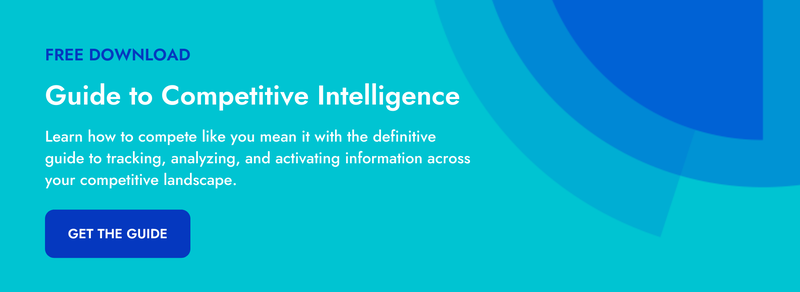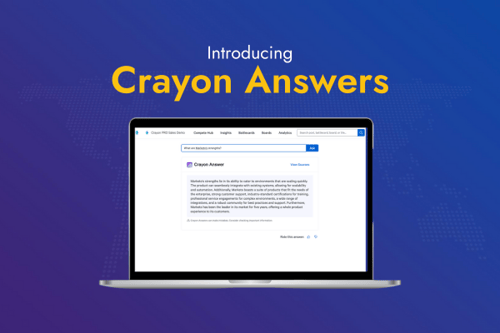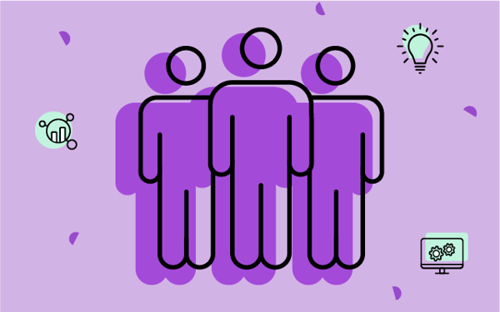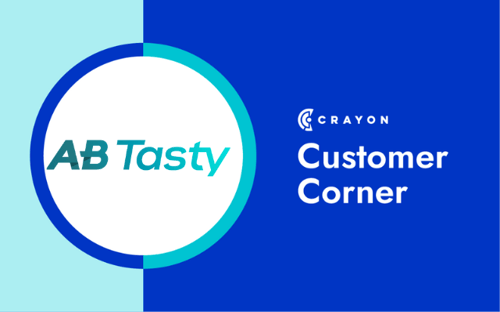As we inch closer to the end of another month, you know what that means — a brand new episode of Into the Fray: The Competitive Intelligence Podcast has arrived!
In our latest installment, podcast host, Erik Mansur, sat down with Jennifer Roberts, the Director of Market Strategy at ServiceTitan, to dive deep on what it takes to enable your entire company with competitive intelligence.
In many of the Into the Fray episodes, Erik and his guest talk about the process of getting buy-in from key stakeholders, how to build credibility as the primary driver of your CI efforts, and creating an ongoing conversation between you and your audience about this process in order to help build a better program.
But we’ve yet to cover training those stakeholders, turning them into little curators or providers of competitive intelligence. So, when Erik wanted to learn more about the process of making other team members feel like active participants in competitive intelligence, he asked Jennifer to share how she accomplished just that over at ServiceTitan.
Today’s blog post will feature highlights from Erik’s conversation with Jennifer. Let’s dive in!
Teaching 'em How to Fish: How to train your whole company on competitive intelligence techniques | Jennifer Roberts, Director of Market Strategy at ServiceTitan
Erik began the conversation by asking Jennifer to start at the beginning of this process. When she’s educating her team on how to submit field intelligence, how does she train them to have a discerning eye? When sifting through analytics in search of data that will allow her to make a measurable impact on go-to-market strategy, how does she get them to understand what’s “good” intel and what’s just noise?
“If there’s a competitor that isn’t taking up much market share but they’re giving your sales team the yips, I'd argue that they are just as important as a competitor as those taking up the most market share.”
Jennifer has spent a ton of time observing how people work with data. She noticed that a mistake people make early on is getting stuck trying to consolidate only the best, clean data. There’s this ongoing conversation about “good data” and “bad data”, but at the end of the day, you need to just start with any data.
The problem with labeling data in such a black and white way is that inferential insights can still be pulled from “bad data” to make decisions. Even more crucially, as the CI practitioner, when someone hands over a golden nugget that ends up being “bad data”, there is then an opportunity to educate and use that imperfect piece of data to see the full picture.
Competitive Intelligence Lives in Ambiguity
Jennifer reminded Erik that being a competitive intelligence practitioner comes with a degree of comfort operating in ambiguity, which isn’t everyone’s forte. It can be uncomfortable for people to work in a space with impartial data, but Jennifer is quick to add that even with “good data” there is still a degree of ambiguity.
As CI professionals, even if you’ve done your job thoroughly there is still ambiguity. You can create a million battlecards chock full of the most recent and relevant intel, said Jennifer, but no matter what you’re still making educated guesses as to what your competitor is up to.
Erik was very curious about this gray -area aspect of the process. Is there groundwork that Jennifer has to lay at the beginning to set the tone for being open to working within ambiguity?
“One hundred percent”, Jennifer answered. “Everyone has an idea of what CI is and everyone has different CI needs. To orient yourself as the CI practitioner is to remember that you're the expert. And with that expertise comes a level of expectation setting.”
Competitive intelligence requires a lot of building as you're flying the plane, Jennifer added. And as you continue building you gain confidence and credibility.
And that was just the start of Erik and Jennifer’s conversation! For more insights into establishing a competitive intelligence process at your company — including the steps Jennifer took to create her CI program at ServiceTitan — tune in to the full episode above or right here!
Building your competitive intelligence program? Start here!
After hearing how Jennifer enables her company with competitive insights, are you intent on creating a CI program at your company but not sure where to start?
To begin empowering your organization with CI like Jennifer at ServiceTitan, download our Guide to Competitive Intelligence to arm yourself with the tips and tools you need to begin collecting, analyzing, and activating competitive insights.
.jpg)
Related Blog Posts
Popular Posts
-
 The 8 Free Market Research Tools and Resources You Need to Know
The 8 Free Market Research Tools and Resources You Need to Know
-
 How to Measure Product Launch Success: 12 KPIs You Should Be Tracking
How to Measure Product Launch Success: 12 KPIs You Should Be Tracking
-
 24 Questions to Consider for Your Next SWOT Analysis
24 Questions to Consider for Your Next SWOT Analysis
-
 How to Create a Competitive Matrix (Step-by-Step Guide With Examples + Free Templates)
How to Create a Competitive Matrix (Step-by-Step Guide With Examples + Free Templates)
-
 6 Competitive Advantage Examples From the Real World
6 Competitive Advantage Examples From the Real World




